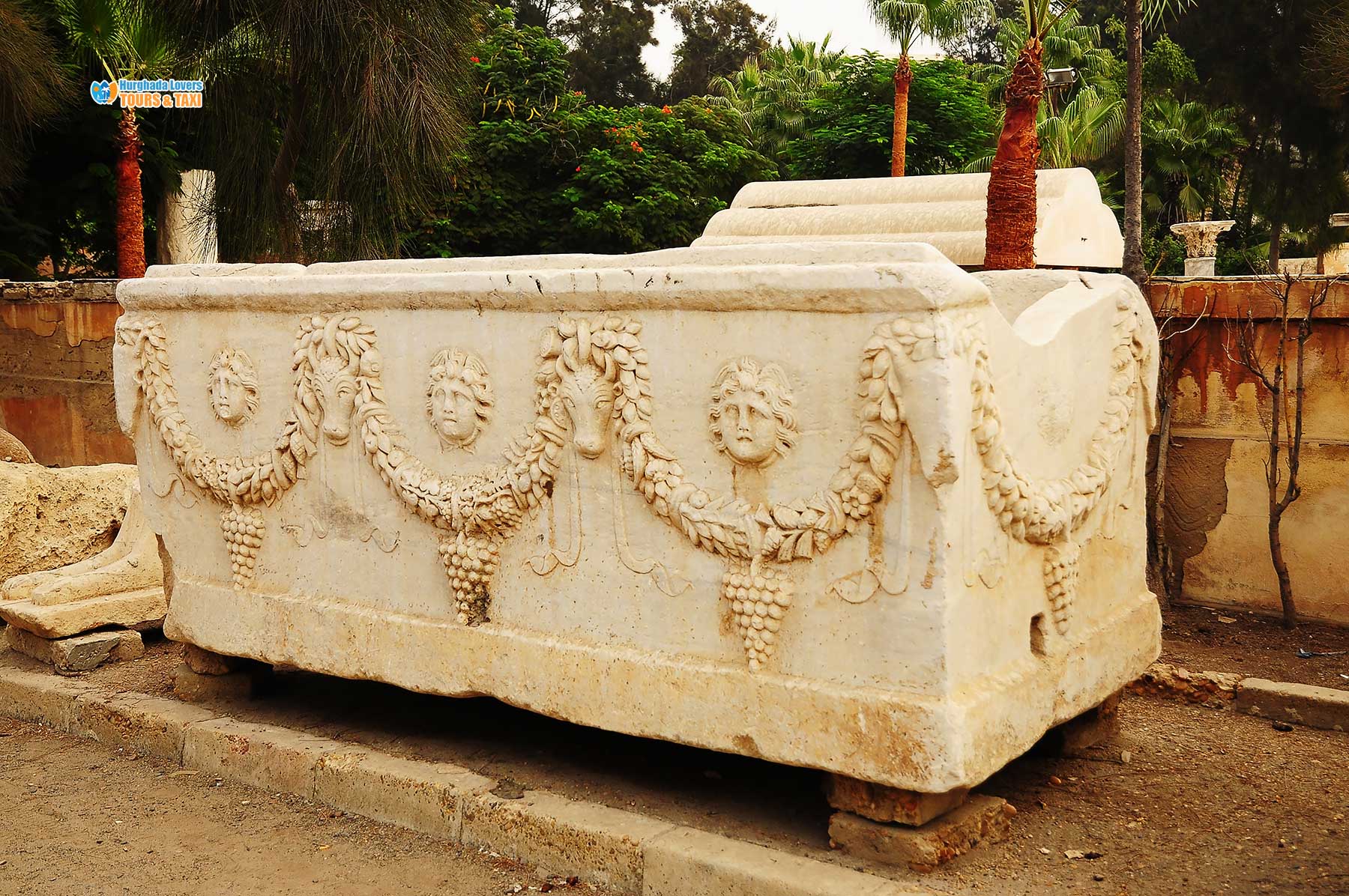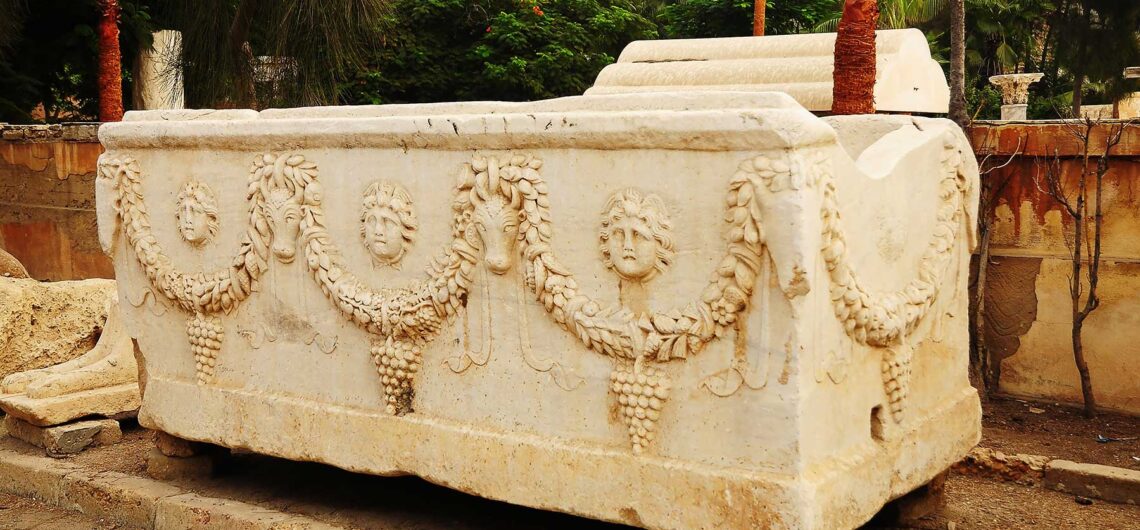Ptolemaic Kingdom of Ancient Egypt | History and facts Ptolemaic dynasty, architecture, kings, the secrets of Ptolemy I and more…
The Ptolemaic Era in Ancient Egypt | History and facts about the Ptolemaic Kingdom and its beginning, the most important kings, the secrets of Ptolemy I, the antiquities that were discovered, and more.
The Ptolemaic era is one of the eras experienced by ancient Egypt, and the Ptolemies are a family originating from Macedonia, which came to Egypt after the death of Alexander the Great, and their coming was in the year 323 BC and the arrival of the Ptolemies was led by Ptolemy, who ruled Egypt after that.
Hurghada lovers Offer Luxury Hurghada to Luxor Tours | El Gouna to Luxor Tours | Makadi bay to Luxor Tours | Sahl Hasheesh to Luxor Tours | Soma bay to Luxor Tours.
Who is the founder of the Ptolemaic Kingdom in Egypt?
Ptolemy I Soter is the first founder of the Ptolemaic kingdom in Egypt.
Who is the last pharaoh for that period?
Cleopatra VII was the last queen of that era.
When was the date of the establishment of the kingdom and when did it end?
The kingdom was founded in 305 and ended in 30 BC.
What countries were part of the kingdom?
Egypt, Cyprus, Jordan, Palestine, Lebanon, Syria, Turkey, Greece, Libya.
What is the capital of the Ptolemaic Kingdom in Egypt?
The capital of the kingdom is Alexandria.
What is the dominant religion in the era of the Ptolemaic Kingdom?
Ptolemaic worship, Judaism, Hermetic religion, Greek religion, Hellenistic religion.
Ptolemaic Kingdom
• That kingdom was established in 305 BC, and that kingdom lasted until 30 BC, ie nearly 3 centuries.
• That kingdom is considered one of the longest periods of rule that passed over ancient Egypt.
• The beginning of the kingdom was with Alexander the Great’s invasion of Egypt during the period of Persian rule.
• When Alexander died in 323 BC, the empire collapsed.
• Ptolemy, the closest friend of Alexander, managed to get the rule of Egypt and declared himself a pharaoh over it.
• The capital, Alexandria, was a center of science, commerce and culture.
• The kingdom extended from Egypt to eastern Libya and Sinai, until it extended south to Nubia.
• Adopting the title of pharaoh was an attempt by the Ptolemies to accept Egypt for their rule, but Ptolemy preserved his Hellenistic culture.
• The kingdom exploited the Egyptian resources for the benefit of the wise men of Greece. It also controlled the military, economic and political affairs of the state.
• But the Egyptians were in control of religious institutions.
• Egypt reached prosperity until it was the richest country of Alexander’s successors, but also the most powerful.
• A large group of papyrus and artifacts written in this era were found in the Greek language in addition to the Egyptian language.
The prosperity of the Ptolemaic kingdom
• In the first period of the rule of Ptolemy I, he was facing a large number of wars, greedy for the rule of Egypt.
• But Ptolemy was able to prove his existence so that he was able to obtain Libya, Syria and Cyprus.
• Ptolemy was able to build the Lighthouse of Alexandria, and was able to gather the Egyptian and Greek priests so that he could unite them again.
• Arts flourished during the reign of Ptolemy II until the ancient Library of Alexandria was established, which was one of the largest libraries in the ancient world.
• Greek settlements were established in the Ptolemaic period with the aim of being central areas for the Greeks who moved to Egypt and transferred with them the Greek culture.
• In 312 BC, Ptolemy allied himself with Seleucus and defeated the son of Antigonus in the Battle of Gaza.
• But in 311 BC a peace was made between the fighters.
• Ptolemy shared the rule with his son, Ptolemy II.
• Ptolemy I died in 283 BC at the age of 84.
• The rule of the Ptolemies ended in a terrible way after Cleopatra VII committed suicide and her son Ptolemy Caesarion XV was killed.
Traces of the civilization of the Ptolemaic era
Cemeteries and cemeteries
Most of the tombs in that period were carved underground, and the width and depth differed from one tomb to another.
• Where the Greek cemeteries of the cemeteries are characterized by a simple style and covered with trees.
• Greek tombs come of two types. The first type is the tombs that come with openings and are found in Alexandria and Fayoum as well, and this is the type that was performed by the middle class.
• The second type, which is for the upper class, is the tombs of sofas, which are only found in Alexandria.
Art in the Ptolemaic Era
• The pottery industry was the first industry in that period.
• There is also another group of industries in that era, including the manufacture of stones.
Egyptian temples in the Ptolemaic era
• Edfu Temple is one of the Pharaonic temples that were built in that period. The temple comes with a range of different designs, including obelisks and various religious scenes.
• Inside the Edfu temple there is a vestibule that contains columns with palm and lotus flower heads, which comes in the style of the Greek era.
• Dendera Temple of the other temples in the Ptolemaic era. The temple has a courtyard without a roof.
• Behind the courtyard there is a hall of columns, which is a hall with 24 huge columns with a set of curtains that come approximately half the length of the column.
• And that courtyard is an application of the Greek culture in ancient Egypt.


